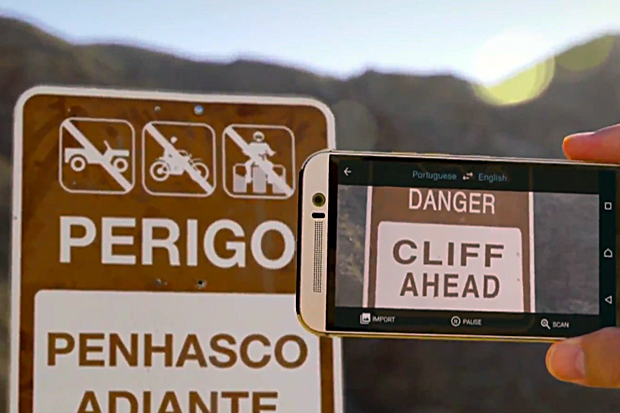Say you're a U.S.-based company with offices in Germany, Brazil, and China, and you're trying to deploy SharePoint or SharePoint Online. It's likely not appropriate to force everyone to work in English. Thus, you'll want native-language menus and content.
SharePoint has the tools to support multilingual deployments, but they don't always do the job -- and that can make employees believe the company disfavors this or that language, a real issue in many regions of the world where language politics are as sensitive as race or gender politics are in the United States.
The good news: If you’re a server farm administrator and in control of your own SharePoint server, you can install language packs and configure SharePoint to handle the languages your organization needs. If you’re using SharePoint Online, the language packs are already installed, and the Multiple Language User Interface (MUI) feature will let users change the display language for sites and create sites in the languages of their choice.
It's easy to provide alternate languages in SharePoint or SharePoint Online. For example, in a SharePoint Online, go to Settings on a site page and choose Site Settings. In the Site Administration section, click Language Settings, then choose the language you want in the Alternate Language section.

Selecting alternate languages for your SharePoint Online site.
Again, SharePoint can't always translate what you need. Microsoft, well aware of this issue, has provided guidelines on creating multilingual sites. The key is to automate page and site creation for each location using what Microsoft calls a "source-target paradigm." In this approach, there's a single master site where content is created in your default language, then queued up for translation (by you) to the languages you support; users get those translations in their selected language if available.
I find that source-target approach to be very complicated, so I asked for guidance from Martina Grom, an Office Servers and Services MVP and CEO of Atwork, a company that specializes in European deployments.
Grom's first recommendation was to follow Microsoft's guidance. She also suggested hiring a consultancy that specializes in multilingual SharePoint deployments by synchronizing the UI and content from a core site to the user’s selected language. Essentially, you hire such a firm to handle the translation.
The third option: Have separate sites for each country, with both the language and content tailored to each. This can make sense if your global affiliates are fairly independent of each other, as it devolves the responsibility to each national division.
Still, no matter where you move the work, translation needs to be done. Can machine translation take on that task? Not really. For example, when I needed a French version of a site I was working on for a Canadian company, I tried out Google Translate. The results were a mess. It simply couldn’t cope with the nuances of the terminology used on the site -- thus, technical words were translated too literally. I ended up hiring an experienced human translator to do the job, which worked out well.
Managing a multilingual SharePoint environment is not easy, but with proper planning and the right strategy, you can make it work for your organization. But understand what it requires so that you build in the needed resources and time up front.






